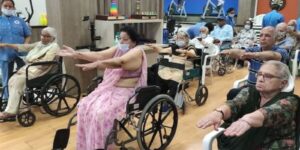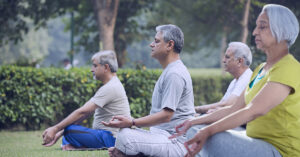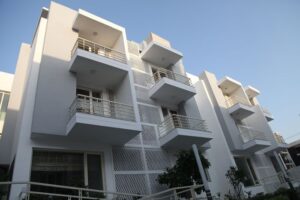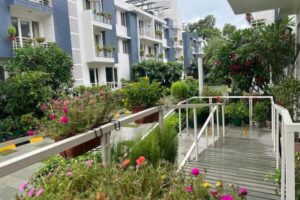By the age of 60, most of Indians suffer from diverticulosis, however, only a few are aware of what it is. Diverticular diseases, which include both diverticulosis and diverticulitis, may be asymptomatic, but it can cause severe abdominal pain, bleeding, infection and even death. In this post we talk about these two colon conditions & abdominal woes.
Diverticulosis & Diverticulitis
As their similar-sounding names may suggest, diverticulitis and diverticulosis are related (but separate) conditions. Diverticulosis occurs when small pouches form in the walls of the colon. Though these pouches can break blood vessels and cause painless bleeding, they are generally not inflamed or infected. In diverticulitis, however, pieces of stool become trapped in these pouches, and the tissue becomes inflamed and can even burst, causing serious inflammation and infection in the affected person’s abdomen.
How do I know if I have diverticulosis or diverticulitis?
Diverticulosis often has no symptoms, but may cause bloating or cramping in the lower abdomen. Some people may also notice blood in their stool or on the toilet paper. The most common way people are diagnosed with diverticulosis is during routine colonoscopy screening. Any rectal bleeding should prompt you to see a doctor, but diverticulosis is usually not an emergency unless you notice a large volume of blood in your stool.
The symptoms of diverticulitis are usually much more severe. Either suddenly or over the course of several days, you may notice pain and tenderness (often on the left lower side of the abdomen, though it may also be on the right), bloating, gas, fevers and chills, nausea, vomiting or loss of appetite. If you have these symptoms, you should seek old age medical care right away as diverticulitis can be life threatening. The representatives of Senior Care homes must also pay attention to this concern.
Causes of diverticulosis and diverticulitis
While the exact cause is unknown, physicians believe a major cause of diverticulosis is increased pressure in the colon – namely, constipation. The more you strain to move your bowels, the more stress you put on your colon’s walls and the weaker they become. A low-fiber diet is a major risk factor for both constipation and diverticulosis/diverticulitis which are major old age care concerns.
The nuts and berries myth: For years, doctors warned patients with diverticulosis not to eat nuts, seeds and berries, thinking that these particles could get stuck in the pouches and cause diverticulitis. This has been proven to be incorrect, and eating these foods (which are often high in fiber) may actually decrease your diverticulitis risk.
Precautions
Foods like fruits, veggies and whole grains make stool easier to pass and will decrease stress on your colon. It’s easy to add fiber into your diet – for example, half a cup of navy beans has almost 10 grams of fiber, a small pear has 5 grams and a cup of sweet potato with the skin has 7 grams of fiber. Aim for 25 to 40 grams of fiber a day.
Drink plenty of fluids
This keeps your bowels moving smoothly.
Exercise regularly
This promotes normal bowel function and reduces pressure in the colon.
When you gotta go, go
Delaying bowel movements makes stool harder and more difficult to pass.
Squat, don’t sit
A squatting position is a more stress-free way to poop, since it helps straighten the rectum and reduces straining. Keep a box in the bathroom to put your feet on while you’re on the toilet – this can help you simulate a squat.





